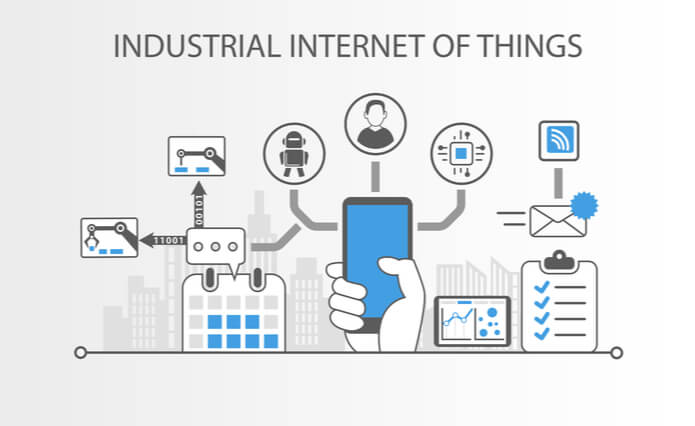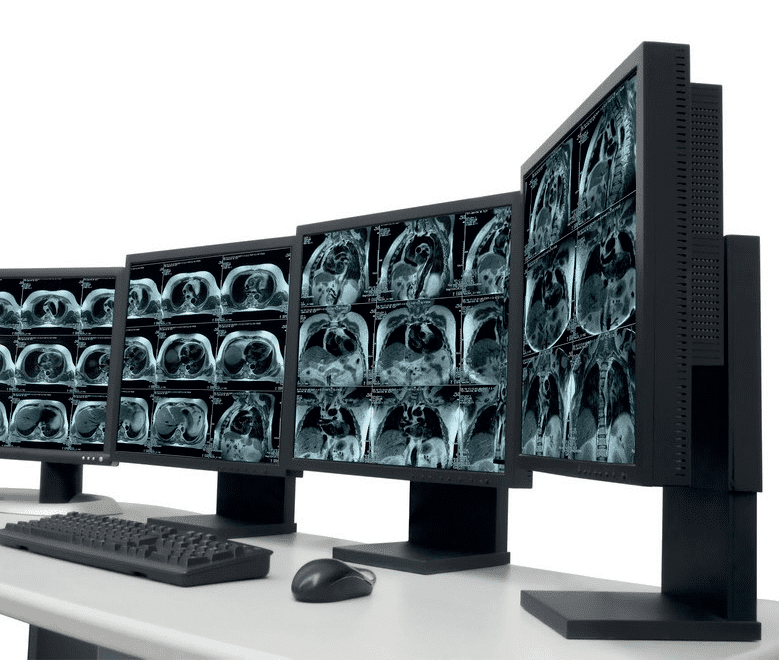In fact, according to Forbes, 76% of companies reported the failure of their IOT pilots in 2018. The majority of these companies said these initiatives looked good on paper, but turned out to be more complex and problematic when it came to execution.
Even so, high tech manufacturing remains one of those sectors where the potential is vast. The ASQ reports that 63% of manufacturers believe applying IIOT to products will increase profitability over the next five years. They predict extra investment of $267 billion in the technology by 2020.
It’s easy to see why a factory powered by IIOT promises constantly accessible and easy to maintain production lines, in which ‘Overall Equipment Effectiveness’ and zero equipment downtime are realizable goals. But how can businesses get the most value out of their IIOT solutions and ensure they are a success?
Remote access can be a key part of an IIOT strategy, helping keep distributed manufacturing systems secure, working and sharing data the way they should.
Here are 4 ways Remote Access can support IIOT:
1.One of the major challenges in the IIOT world is keeping devices and machines operational and secure throughout their lifecycles. The ‘connected’ factory, after all, requires a web of functioning devices sending signals to each other to keep everything running. The level of disruption that can happen within these environments when a connection fails can have a knock on effect for other parts of the production line, factory and ultimately, the business. According to Information Technology Intelligence Consulting, 98% of organizations say a single hour of downtime costs over $100,000.
Many experts point to the need to update software as a recurring reason for problems and stoppages within IIOT powered factories, with some engineers reporting that 60% to 70% of machine problems simply required a software upgrade or changes to a few parameters to restart them.
At the same time, the rise of the connected factory also raises the specter of hacking and cyber-crime, something proven to present a serious risk to unprotected production lines.
As Deloitte’s recent report Managing risk in an age of connected production, puts it:
“When supply chains, factories, customers, and operations are connected, the risks posed by cyber-threats become all the greater and potentially farther reaching.”
Companies need to have the tools at their disposal to manage and perform security updates across an entire estate that might stretch around the world.
Remote access solutions are an obvious way to achieve this quickly and efficiently.
2. Remote access tools can also support the IIOT ecosystem by allowing companies to control and calibrate devices and machinery remotely, setting and resetting them by engineers working with tablets and mobile devices on the ground, or without the need to put engineers on the ground at all.
Ongoing system maintenance can be performed quickly and easily from anywhere, and from any device, while allowing issues to be instantly escalated to specialist engineers if necessary without necessitating site visits.
3. While IIOT promises much, sometimes the depth and detail of data that is being transmitted from these devices can be quite limited or specific. With remote access, engineers can take control of connected devices completely, enabling thorough investigation of potential problems, as well as the harvesting and analysis of data which will give you deeper insight into their functioning. All this can support predictive maintenance strategies that can, in turn, ensure uptime is kept to a maximum.
4. The cost of a rip and replace policy to upgrade factories with IIOT hardware is obviously extremely high. But maybe there is no need to rip and replace all, as remote access technology can operate as an IIOT layer in its own right. The right remote access solution could give you the power to monitor existing equipment dispersed around the world from a single central location. This could give you the kind of remote oversight and tight control you need over intricate and costly processes while helping you control costs at the same time.
One thing is certain, IIOT and Industry 4.0 is opening up new and exciting possibilities for manufacturers. Greater flexibility in production line technology will allow for disruption of supply chains and greater opportunity for servicization, as well as making processes more efficient and profitable. Remote access will play an important role in the oversight, maintenance and management of this transformative technology.













